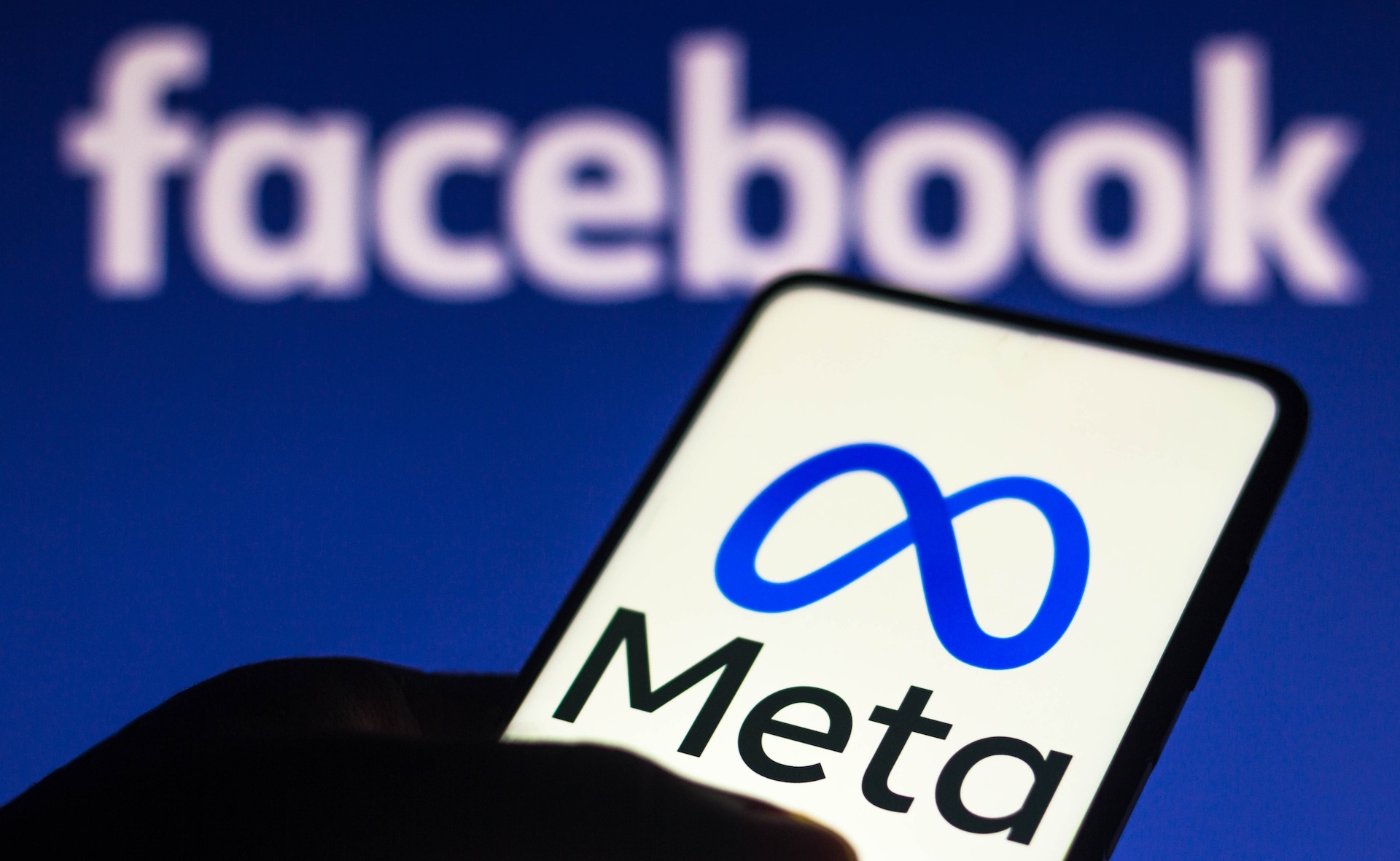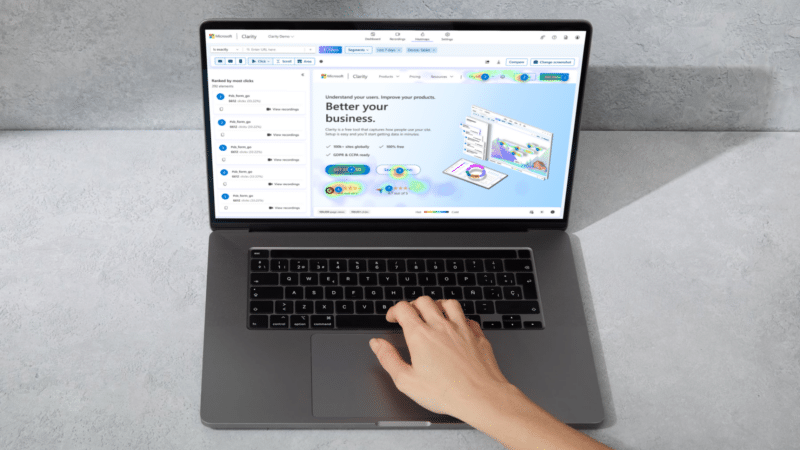There are so many metrics you can track when running a Google Ads campaign. Yes, having more data at your disposal helps you make more informed decisions, but to someone new to paid search, all the data can be overwhelming. Where do you start? Are some metrics more critical to success?
This article covers a few metrics to track to help you make more informed decisions about your marketing strategy.
I’m intentionally ignoring the most popular metrics (e.g., clicks, costs, conversions), because while they’re important, they don’t tell the entire story of how the account performs and why.
Instead, I want to focus on a few metrics that can help offer a deeper understanding of your account’s performance and paths to improvement when used in conjunction with your core KPIs. These metrics will provide additional value and insight but may not be as helpful in a vacuum.
1. Conversion rate (CVR)
Conversion rate is a pretty easy metric to understand; it’s the percentage of users who click on an ad and end up converting afterward.
While this is useful in and of itself, it’s especially useful when used in conjunction with click-through rate (CTR). These two metrics can help highlight which part of your customer journey needs improvement.
CTR is a metric that indicates the quality of the traffic you’re generating. If your CTR is high, then your target users likely resonate with your product and messaging. If it’s low, then you may be targeting the wrong audience or need to tweak your messaging more.
Let’s bring this to life with an example: Say you have a PPC campaign, and the conversion rate is much lower than the rest of the account.
Many things can cause low CVR, but it’ll likely fall into one of two categories: your Google Ads strategy or landing page/website. Looking at just CVR, it’s hard to know what area needs improving, but what happens if you also look at CTR?
If you have a low conversion rate but a high click-through rate, it could mean that your audience is resonating with your ad, but there’s a disconnect once they click the ad and go to the landing page.
In this case, I would focus on improving the customer experience on the website site. If they have a low CVR and a low CTR, then the issue may be with your targeting and some work on your keywords and ad copy may be in order.
Dig deeper: PPC landing pages: How to craft a winning post-click experience
2. Impression share
So, maybe you’ve been running your Google Ads campaigns for a while, and things are going well, and you’re looking at increasing the budget.
Where do you start? What campaigns have room to grow more and which ones don’t? This is where impression share is incredibly helpful.
Impression share measures the percentage of impressions your ad received compared to the total number of impressions available. Two main factors influence impression share: budget and ad rank. Knowing which one limits your campaign is very important.
Luckily, you can see which of the two limits you with the following metrics: Search IS Lost (Budget) and Search IS Lost (Rank).
These two metrics will show you how many impressions share you’ve missed out and why.
- Impression share lost due to budget is easy to fix; you simply raise the budget. No bid increases are necessary, so you’ll likely maintain your current cost per conversion if you raise your budget this way.
- Impression share lost due to rank means that in order to gain that impression share, you’ll either need to bid more or improve your quality score.
Back to our original scenario: Using these three impression share metrics is a great way to show where you can easily raise your budget without affecting performance.
If campaigns show a lot of impression share lost due to budget, there’s a big opportunity to expand that campaign’s budget without sacrificing your cost per conversion.
If most of the impression share lost is due to rank, you’ll need to consider where it’s worth it to be more aggressive in your bidding or if you want to raise the budget at all.
Dig deeper: How to glean insights from impression share to boost PPC performance
Get the daily newsletter search marketers rely on.
3. Lifetime value
OK, I cheated a little bit. Lifetime value is not a metric you can find in Google Ads, but it is well worth figuring out, especially if you run a business with repeat customers.
Lifetime value is exactly what it says: it’s the total value of a customer over the course of their relationship with your business. This means different things for different industries.
- If your company sells socks, this includes repeat purchasers.
- If you sell a subscription, it calculates how long the average user is subscribed before canceling.
- If you’re selling higher-priced services (like a marketing agency), it considers average contract size and average length.
Calculating this for your brand is an incredibly valuable exercise that can heavily dictate what success in PPC looks like. Let’s illustrate this using that sock example I mentioned:
A company that sells socks sets up a Google Ads account and sells socks for $10/pair. It knows that to be profitable, it needs at least a 3:1 return on its ad spend. They optimize the account to try and get a 3:1 return on every single purchase.
Eventually, they decide to calculate the lifetime value of a customer and realize that the average customer ends up purchasing ten additional times! Now that they have a customer LTV, they feel comfortable with a lower initial return because they know each purchase leads to more purchases down the road.
The account strategy was completely changed with the addition of one metric. Without LTV, the account manager couldn’t accept a lower return because it didn’t have enough data to rationalize it.
But once you add lifetime value to the equation, you have the data to back up more aggressive strategies that while less profitable initially, will help lead to more long-term growth.
Dig deeper: How to increase LTV with PPC
Optimize your Google Ads campaigns by tracking these metrics
Every metric in Google Ads is useful in some way or another. It’s very easy to see the value of some (more conversions = good!), but some require a bit more context.
The more metrics you can use to make informed decisions, the easier it’ll be to assess problems and better set yourself up for success.
Dig deeper: Setting PPC goals: How to tailor KPIs and metrics for each funnel stage
Contributing authors are invited to create content for Search Engine Land and are chosen for their expertise and contribution to the search community. Our contributors work under the oversight of the editorial staff and contributions are checked for quality and relevance to our readers. The opinions they express are their own.








